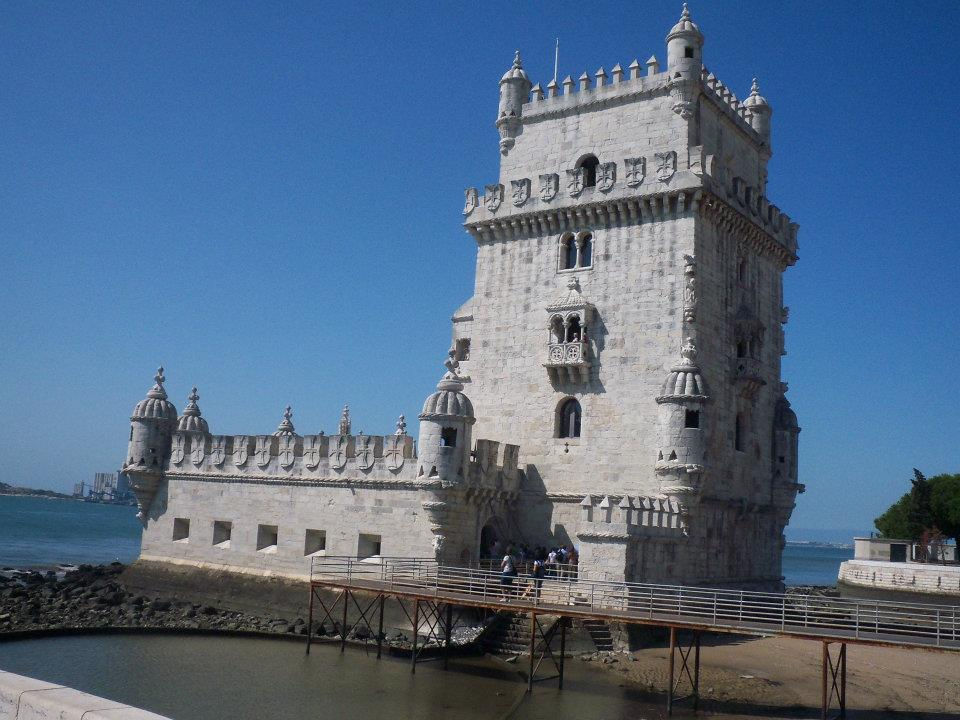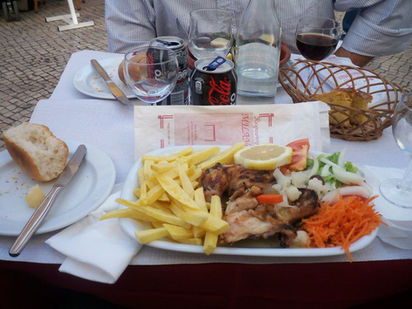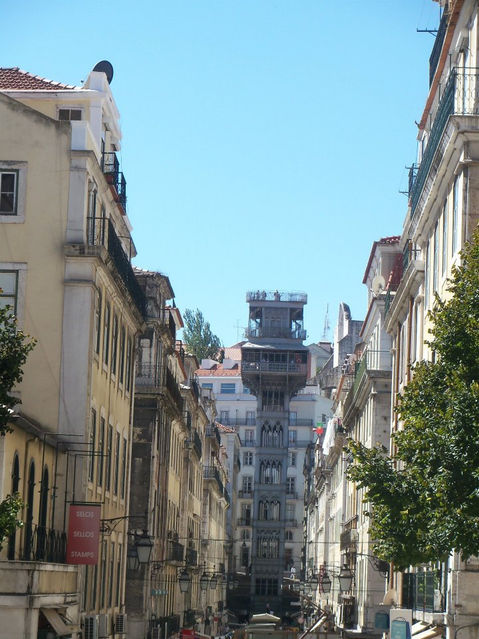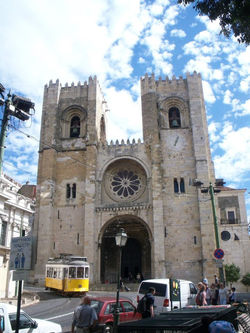
Lisbon | Portugal 2011
Lisbon was the perfect finale to our European adventure—a city of grand riverfront squares, ornate towers, breathtaking hilltop views, and food so good we’re still dreaming about it.
We finished our grand European adventure with a stop in Lisbon, and it quickly became one of our all-time favorite cities. There’s something magnetic about Lisbon—the blend of old-world charm and modern vibrance, the warmth of the people, and the way the city seems to spill down its hills toward the glittering Tagus River.
We stayed at the Corinthia Lisboa Hotel, a five-star retreat that was a bit removed from the bustle of the old town, but offered luxury and comfort in every detail. Known for its sweeping views of the city, elegant spa, and famously generous breakfast buffet, it felt like a serene home base after long days of exploring. Even the modern design, a contrast to the city’s ancient streets, felt like part of Lisbon’s story—a city always balancing its proud past with a lively present.
Our explorations began at Praça do Comércio, Lisbon’s grand riverfront square. Once the site of the Royal Ribeira Palace (destroyed in the devastating earthquake of 1755), the square was rebuilt as a symbol of resilience. Surrounded by elegant yellow arcades and opening to the Tagus River, it has long been the gateway to the city for merchants, sailors, and travelers alike. Standing there, it was easy to imagine ships arriving from far-off lands during Portugal’s Age of Discovery.
Not far away, we admired the Monument to the Discoveries (Padrão dos Descobrimentos), a striking sculpture erected in 1960 to commemorate the 500th anniversary of Prince Henry the Navigator’s death. Shaped like a ship’s prow, it celebrates Portugal’s explorers, with Henry himself at the front holding a model of a caravel. Behind him are statues of Vasco da Gama, Ferdinand Magellan, and other figures who shaped maritime history. It was breathtaking to stand at the edge of the river, facing the Atlantic, and imagine the voyages that once launched from this very spot.
A little further along the waterfront, we reached the iconic Belém Tower (Torre de Belém), one of Lisbon’s most beloved landmarks. Built in the early 16th century as both a fortress and ceremonial gateway, it’s a masterpiece of the Manueline style—Portugal’s own ornate version of late Gothic architecture. Covered in intricate carvings of ropes, crosses, and sea creatures, it felt almost like a stone jewel rising from the river. Historically, the tower stood guard over the harbor, welcoming ships back from their journeys and protecting the city from invaders.
As we wound our way uphill toward São Jorge Castle, we marveled at the labyrinth of narrow streets, stairways, and twists—originally designed to confuse potential invaders. From the top, the reward was spectacular: sweeping views of Lisbon’s terracotta rooftops cascading toward the river, the 25 de Abril Bridge stretching across the water, and the city’s iconic yellow trams winding their way below. It was one of those views that etches itself permanently into memory.
But as stunning as Lisbon’s history and architecture were, the food was what truly stole our hearts. Unlike some of the more tourist-packed destinations we had visited earlier in our trip, Lisbon’s dining scene felt authentic, warm, and deliciously local. My personal favorite was Calf on Stone—tender veal served sizzling on a scorching-hot stone, allowing you to cook each bite exactly the way you liked it. Tom, on the other hand, couldn’t get enough of cockles, savoring them at practically every meal. And, of course, no trip to Lisbon would be complete without indulging in its most famous treat: pastéis de nata, the flaky, custard-filled tarts perfected by monks at the Jerónimos Monastery centuries ago. Each bite was sweet, creamy perfection dusted with cinnamon—a taste that summed up Lisbon’s magic.
Lisbon was the perfect finale to our European journey: a city where history seemed to whisper from every tile and tower, where the food was as heartfelt as the people, and where every winding street seemed to lead to a new discovery.
Photo Gallery




























